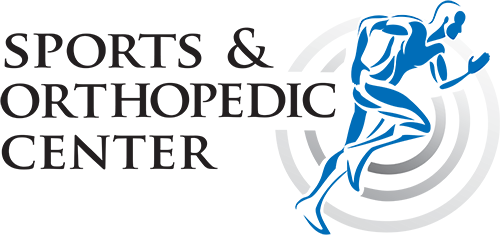What is Spinal Stenosis?
Spinal stenosis occurs when the backbone contains a space that is not large enough for stability. This can put pressure on the spinal cord and nerves that travel through the spine. Spinal stenosis is common in the lower back and the neck.
Symptoms
Those with spinal stenosis may have no symptoms. However, it is also possible that patients might feel tingling, muscle weakness, numbness, and pain. If left untreated, symptoms can increase in severity. Others may experience the following:
- Back or neck pain that can range from mild to severe
- Tingling in arms and legs
- Numbness, cramping, or weakness in the arms or legs
- Difficulty standing or walking
- Difficulty with hand coordination (with tasks like buttoning or zipping)
- Unexpected or unexplained trouble with balance and coordination
- Problems with bladder control or bowel function
- Loss of sexual ability
Spinal stenosis in the lower back can cause pain or cramping in one or both legs. This happens when you stand for a long time or when you walk. Symptoms get better when you bend forward or sit. Some people also have back pain.
Causes of Spinal Stenosis
Is most often caused by changes related to general aging. It is quite often tied with arthritis.
Treatments Available
Severe cases will sometimes require surgery. Surgery will help to create more space within the spine. This can ease the pain caused by the pressure on one’s nerves or spinal cord. However, surgery is not a cure-all for arthritis. It is entirely possible that a patient will experience spinal pain, even following surgery.
You can make an appointment today in this link with our specialists or visit any of our two location: Boca Raton and Coral Springs, FL



